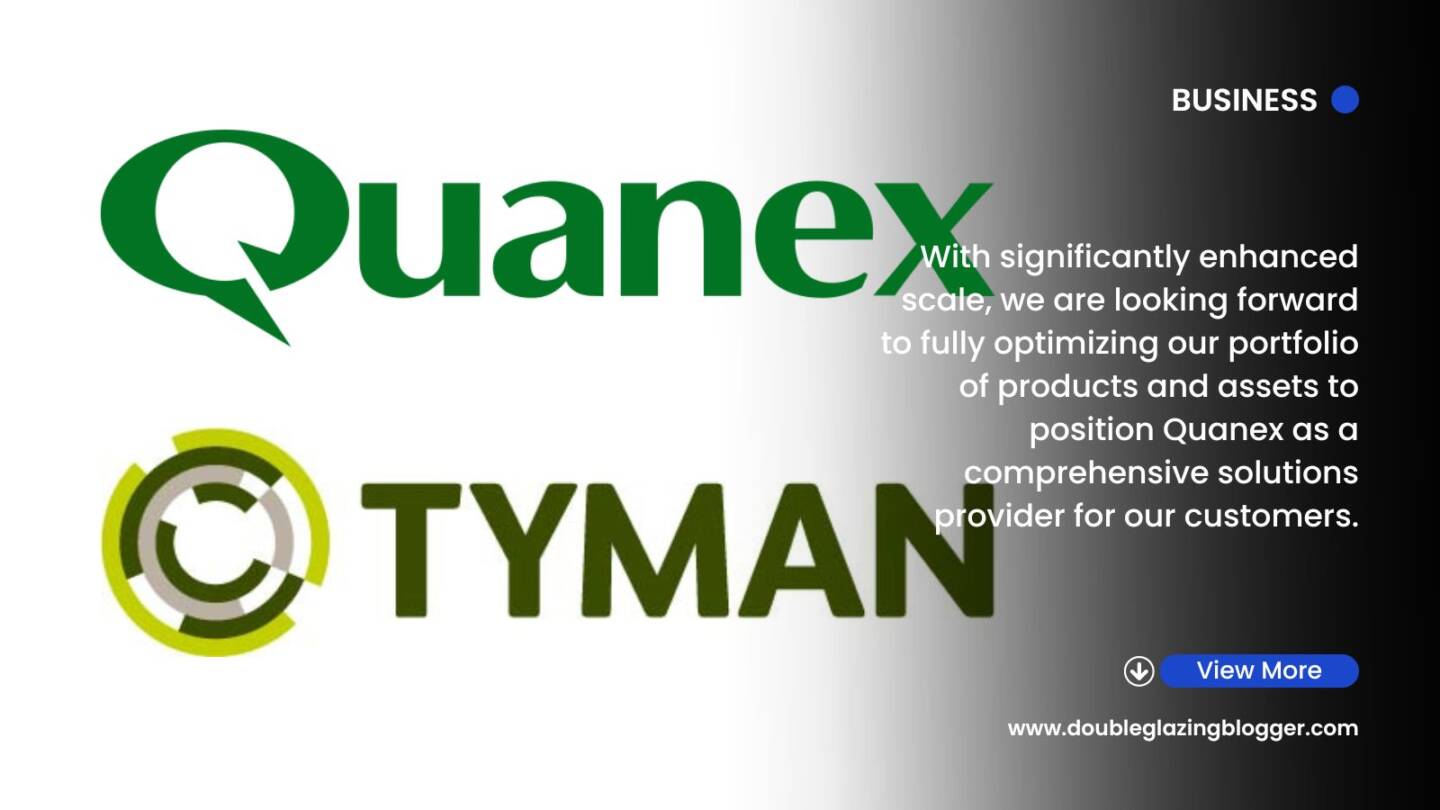All eyes are on 2025. The Future Building Standard will be the biggest set of revisions to Building Regulations in a very long time and will force change and adaptations not only to the products within our sector, but the wider construction sector as a whole.
As a result, we are beginning to see new products entering the market which has been designed with those future targets in mind. For example, Zero|90 from Liniar and the flush aluminium window Decalu88 from Deceuninck Aluminium.
However, despite some systems companies demonstrating that it is possible to produce window and door products that can achieve the proposed 0.8w/m2k U-Value, the industry appears to be split on the best route to get there.
Triple or not to triple?
I mentioned both the Liniar and Decalu system for a reason. Zero|90 by Liniar can achieve 0.66w/m2k and Decalu88 can reach 0.8w/m2k by using triple glazing. As the industry well knows, triple glazing hasn’t taken off anywhere near the way many thought it would. With the prospect of super-low U-Values on the horizon however, this does present an opportunity for triple glazing to play a central role in our industry and in the construction sector.
Not that everyone agrees though. At a recent Deceuninck customer day, Quickslide Chairman, Adrian Barraclough posed that the industry should resist triple glazing “until the last” during a discussion on Part L of building regulations. Here is a snippet from the press release that line came from:
Later in an open discussion on how the industry met new energy requirements under Part L, Adrian argued that the industry should resist triple glazing “until the last”, because of the increased complexity in the manufacture and safe handling on site.
These comments can be echoed by responses to DGB tweets on social media:
Triple glazing is to heavy, for fitters to carry imo
— Nige... (@NigelGrantUpvc) April 11, 2023
Will friction hinge manufacturers upgrade their products to compensate for the additional weight by adding an extra pane of glass to sashes, doubt it very much, and service calls will become more frequent
— WestCornwall - Nick (@westcornwallpla) April 4, 2023
However, a product manager from VEKA may provide a hint to the company’s position on lower minimum U-Values with this tweet in response to a DGB tweet about the same subject:
Triple glazing is required as the best double glazed unit using argon at 24mm with a 0.01 emissivity pane will get to 1.0 and the glass is the higher performing part of any window. Remember 0.9 is 0.90! Under 1.0 you cant round so its 2 decimal places !
— Jack Scullion (@jscullion01) April 3, 2023
Others have suggested another glazing technology, vacuum insulated glazing (VIG), as another route to compliance which can also reduce the risk of external condensation and future remedial work:
I so wish decision makes would listen to manufacturers. Lower u values INCREASES the risk & occurrence of external condensation. IMO triple is too heavy, and far more likely to break down (as there are twice the number of seals etc) VIGs are the solution but price is prohibitive
— Perfect Corners (@Timberweld) April 5, 2023
We've actually gone as far as prototyping a PVCu window with VIG (real not just Lami) and all our customers (trade and retail) love it. The trade are worried about the price, homeowners love it. Triple glaze has a lot more issues to overcome but it's cheaper pic.twitter.com/IgmPnypazs
— Michael Hagan (@aztecwindows) April 11, 2023
The industry has a real mix of opinions on how to get to 0.8. And there are differing opinions within each part of the supply chain. That in itself isn’t necessarily a bad thing. The Future Building Standard is making the industry innovate and come up with new products to meet new regulations. Generally, this is good for the overall progression of the sector and demonstrates to the Government that we are being a bit more proactive on this particular issue than in other ones.
At some point though, the industry is going to have to come down on one side of the fence before too long, and that decision is going to be dictated by time.
Time vs cost
As you can see from the tweets above, there are a couple of different routes to get to 0.8w/m2k. Triple glazing or VIG. I don’t think there is going to be enough time to develop DGU technology fast enough to get us there in time, so it’s likely to have to be either of the former two choices.
This is where the industry will debate within itself what the best option is. And to be honest, whatever option becomes the chosen one, there will be a great many who won’t be happy about it.
Option number one is triple glazing. The technology to make the TGUs exists now. It is already available in a number of PVCu and aluminium systems, but not in mass. As has been indicated recently, there are going to have to be many more product adaptations, not only to window systems but hardware as well, if the industry is to be able to ramp up production to a level and quality that can sustain higher output of triple glazing. There is probably enough time between now and 2025 for that to happen, but only on R&D projects that have already begun or nearing completion now.
The downside to this, as has already been pointed out, is weight and use on sites by installers. Extra weight brings extra risk. Wider units reduce storage capacity. More materials consumed mean a greater impact on the environment. Triple glazing isn’t the greenest of options available that’s for sure.
This is where option number two, vacuum insulated glazing (IGU) becomes an attractive option for me. By creating units with incredibly thin cavities, this glass technology can achieve U-Values lower than the forecasted new minimum requirements in 2025. The singular major issue, other than systems companies adapting their products to fit a very thin unit, is cost. At 2x or 3x the cost compared to triple glazing, this is likely to make it prohibitive for many suppliers. Even though energy performance and green credentials beat triple glazing quite easily.
That being said, if the major glass houses such as Pilkington and Saint-Gobain were to invest in VIG capabilities in the UK and rid us of the need to import it from the continent, then that perhaps would nudge the needle on price.
Debate on how to get to 0.8 in the Future Building Standard will rage on.
To get weekly updates from DGB sent to your inbox, enter your email address in the space below to subscribe:
By subscribing you agree to DGB sending you weekly email updates with all published content on this website, as well as any major updates to the services being run on DGB. Your data is never passed on to third parties or used by external advertising companies. Your data is protected and stored on secure servers.






What is the point of lowering u Values when there are trickle vents?
It’s a nonsense and it’s dishonest!